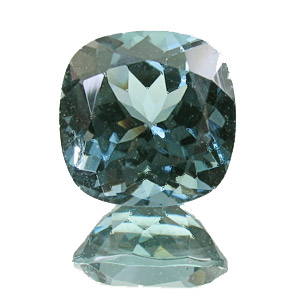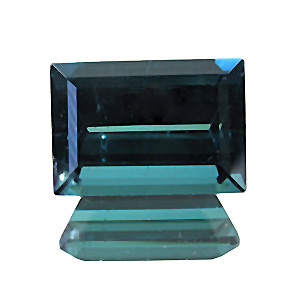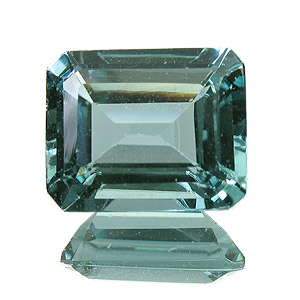Gemstone Glossary
Idiochromatic
Self-coloured, fromm greek idio = peculiar, one´s own and chroma = colour
Gemstones in which the colouring elements are constituent parts of the chemical formula. Examples: malachite (CuCO3) and dioptase (H2CuSiO4) are coloured green by copper, rhodonite (MnSiO3) gets its rose-red colour from manganese.
Opposite of allochromatic
Imitations
Natural or arftificial substances that imitate natural gemstones e.g. glas or plastics. Contrary to synthetic gems imitations do not have the same physical and optical properties as their natural counterparts.
Indigolite
Also: indicolite, tradename for blue tourmaline, usually, but not always, elbaite



Isomorphous replacement
From Greek ἴσος ísos equal and μορφή morphé form, shape
When one element in a mineral can be replaced by one or more other elements of similar chemical nature and the same or very similar ionic radius, without markedly changing the crystal structure.
However, the varying chemical compositions of the species belonging to one isomorphous series usually cause wide variations in such physical properties as density and refractive index.
Instead of a fixed chemical formula, a structural formula is given.
Prominent examples are the Garnet, Tourmaline and Peridot groups.
A3B2[CO4]3, the basic structural formula is the same for all Garnets. A, B and C being definite places in the crystal lattice, which can be taken by these elements:
aluminium, calcium, chromium, iron, magnesium, oxygen, silicium, titanium, vanadium, manganese and various trace elements.
Isotropic
Singly refractive, opposite: anisotropic
 Deutsch
Deutsch